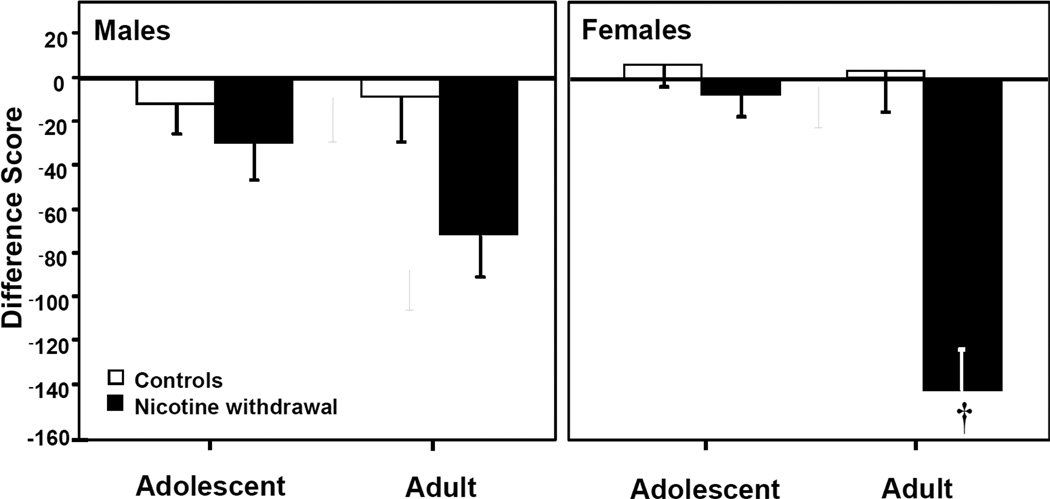Fig. 2. Enhanced negative affective states produced by nicotine withdrawal in female versus male rats.
This graph reflects place aversion produced by nicotine withdrawal in adolescent and adult female and male rats. Rats (n=7–14) were tested for initial preference and were then prepared with saline or nicotine pumps. A dose of nicotine was used that produced equivalent plasma cotinine levels (a metabolite of nicotine) across age and sex treatment groups. After 7 days of nicotine exposure, the rats were conditioned with repeated injections of mecamylamine to precipitate withdrawal in their initially preferred side. On alternate days, they received saline in their initially non-preferred side. Following 8 days of conditioning, the rats were re-tested for any shifts in preference behavior. The data reflect difference scores (±SEM) that were calculated as time spent in the initially preferred side after minus before conditioning, such that negative values reflect the aversive effects of nicotine withdrawal (i.e., CPA). Female rats displayed a significant decrease in time spent in their withdrawal-paired side that was larger than all other treatment groups († p≤0.05).

